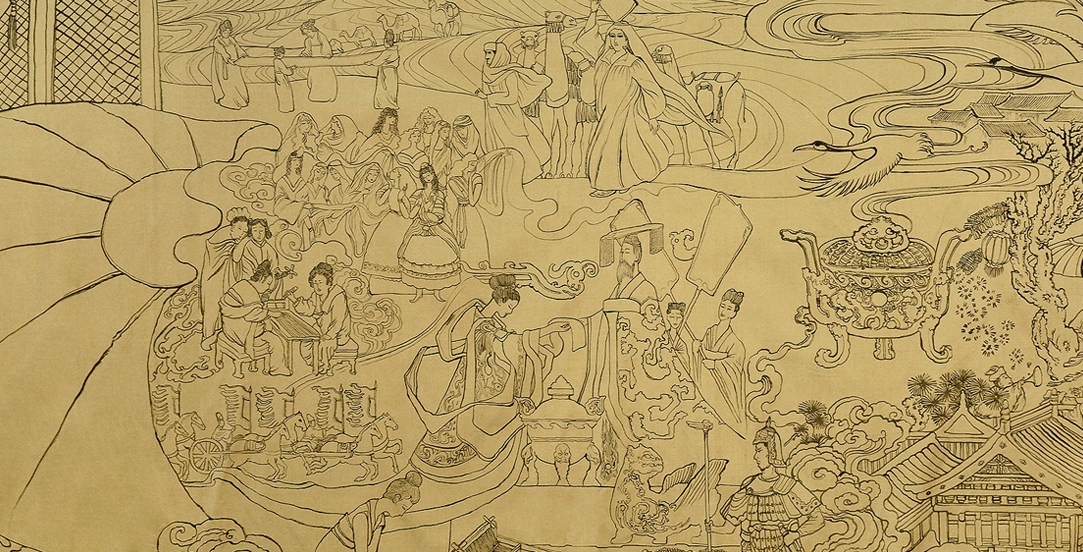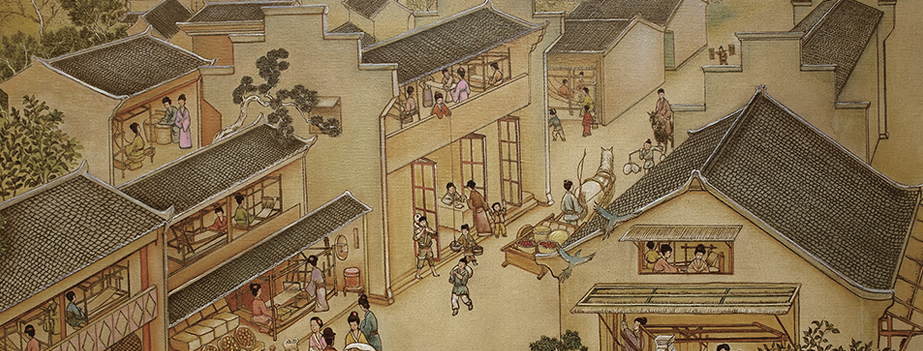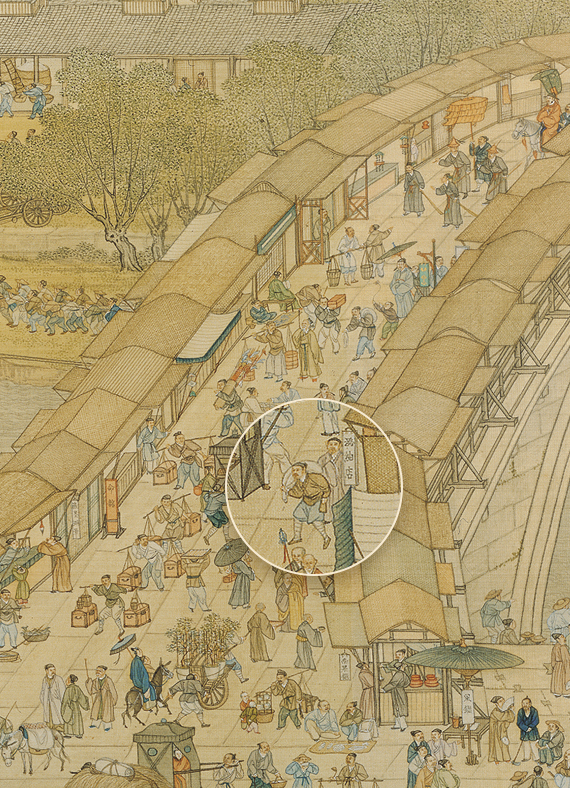ANCIENT HISTORY
Lu Silk is the birthplace of Chinese silk. The discovery of a half-cut silkworm cocoon fossil in Xia County, Shanxi in 1927 provides evidence that sericulture and silk production date back 6,000 years.


ANCIENT HISTORY
As an imperial silk, Lu Silk is represented by 58 preserved pieces in the Beijing Palace Museum, bearing witness to its 600-year history of serving the royal family. A "Lu Silk Shop" is clearly depicted in the renowned painting "Along the River During the Qingming Festival."

During the early Ming Dynasty, after Zhu Mo, the 21st son of Emperor Taizu Zhu Yuanzhang, was enfeoffed as the Prince of Shen in Lu'an Prefecture, a Weaving and Dyeing Bureau was established in Shanxi to oversee the production of Lu Silk for the imperial family. This led to the formation of a large-scale silk production industry in Luzhou, making Lu Silk a major tribute item and significant source of tax revenue for Shanxi Province at the time. As a royal tribute, it represented the advanced textile technology of Shanxi and even the entire nation during the Ming and Qing dynasties.By the Wanli period of the Ming Dynasty, Lu Silk reached its peak of development, becoming accessible to both scholars and commoners as clothing. As an everyday accessory for ordinary people, it became deeply integrated into folk culture, carrying profound and complex cultural connotations related to aesthetics and customs, and merging into the splendid tradition of Chinese silk culture. According to the Lu'an Prefecture Gazetteer from the Qianlong era, there were 13,000 looms in operation, with thousands of households engaged in weaving. Lu Silk gained nationwide fame, ranking alongside Hangzhou satin and Shu brocade.The Qing Dynasty also marked a period of significant development for Lu Silk. Historical records indicate an annual production of up to 3,000 bolts of silk during this time.





